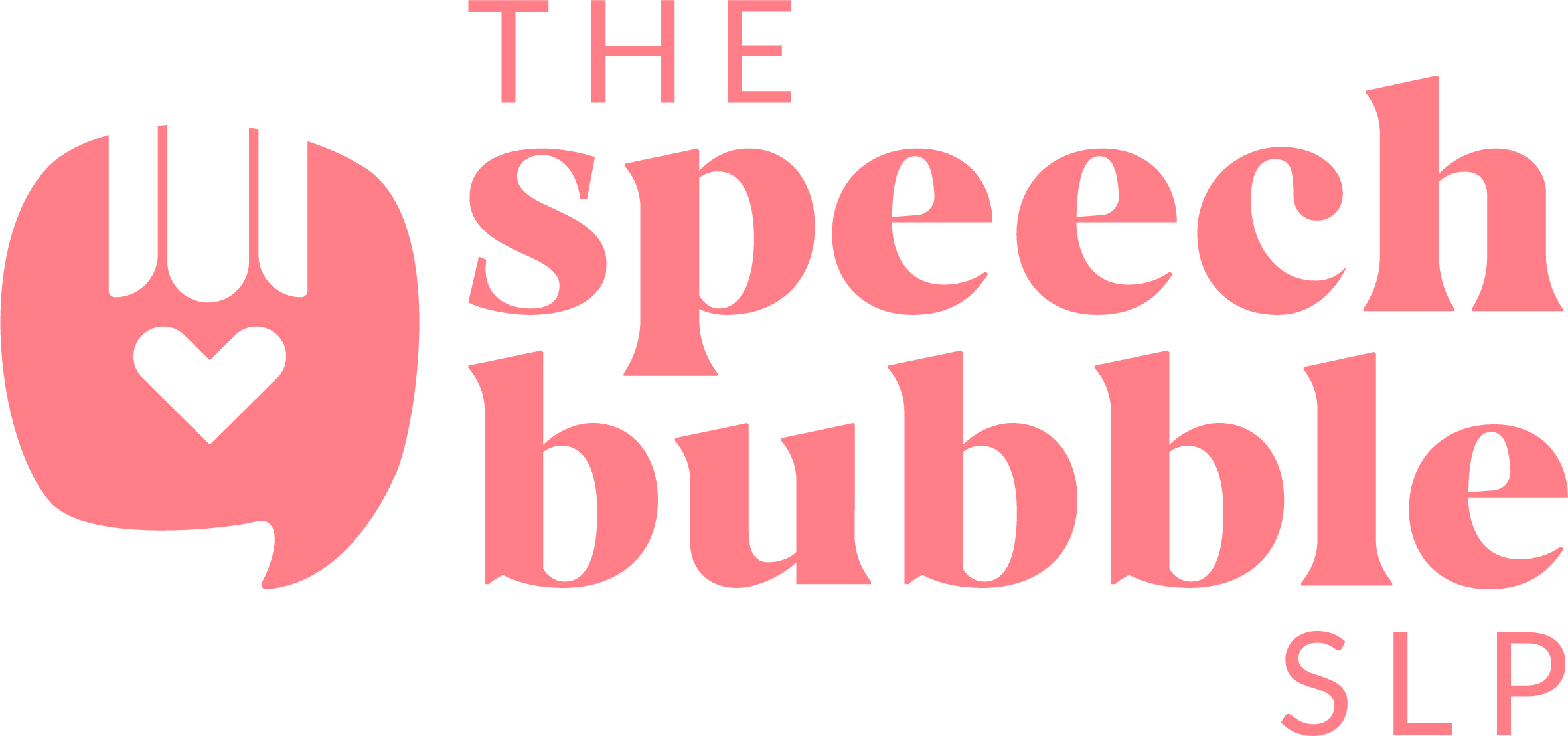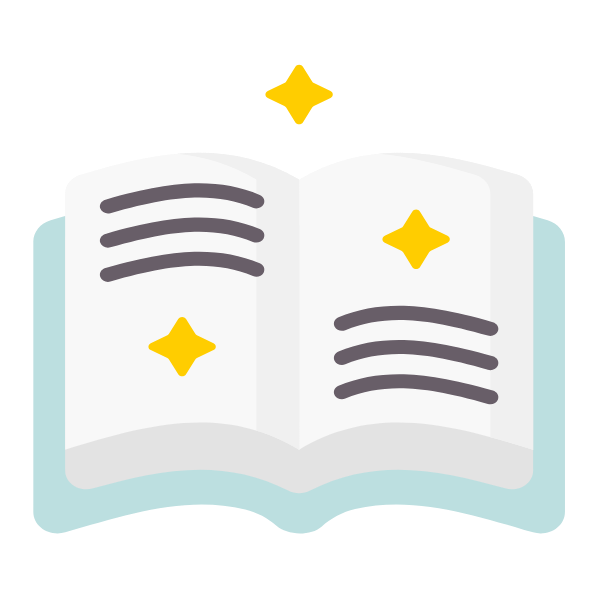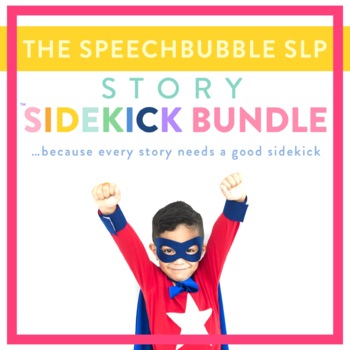So often in the schools the perception of what an SLP does gets a bit skewed. When it comes to things like artic and fluency, it’s kind of a no brainer. As soon as language gets involved though, the SLP seems to not come to peoples minds as quickly and don’t even get me started on pragmatics. Usually, it’s the SpEd teacher or the reading specialist who gets consulted first. The reason I think this happens is because the language part of speech-LANGUAGE-pathology is misunderstood, or sometimes not recognized at all.
Well, that needs to change!
This series will discuss various areas of language SLPs cover and WHY WE DO. Then, when someone asks, ” Why are you working on …?” you can have some answers and hopefully spread some knowledge about what we kick-a$$ SLPs do.

First up, let’s talk about verbs. I typically don’t get questioned when I write a goal for verbs in an IEP. When most staff hear a student talking and using the wrong tense it sounds ‘off’, so making it a target seems logical them. Every once in awhile though I get asked why I am working on it in such a specific way if the SpEd teacher is going to be targeting something like ‘ writing a sentence with proper grammar conventions ‘.
Verbs are important for language because they are required for a child to be able to build a sentence. No verb, means no sentence, which means no clearly communicated want or thought. An SLP would target not only target how verbs are used in communication and syntax, but also on explicitly teaching specific action words to build a child’s inventory and then how they are used with their corresponding verb tenses. This is obviously more in depth and specific than the SpEd goal. Also, while a SpEd teacher may address what a verb is and have the student practice with a few targeted verbs to start, it would not be anywhere as intense and specific as when the goal is covered by an SLP.
Now if someone asks, “Won’t teaching each verb take a long time?” You can put their minds at ease. When working with an SLP, the student is in the right hands for the job. SLPs use research and experience to help students learn verbs and apply that knowledge.
Verbs can be tough for kids to learn because when we use pictures to teach these words they tend to focus more on the object rather than the action and then end up attaching the verb’s meaning to the specific object in the picture. So if you are teaching them ‘cut’, with a picture of scissors, they will only know ‘cut’ as it applies to scissors, not generalizing it to a knife cutting bread or a saw cutting through a piece of wood. Research from Snape & Krott recently shared that kids were able to learn new verbs better when they were shown videos demonstrating the verbs with different objects. So ‘cut’ being showing with scissors, a knife, and a saw. You can read the article from Snape & Krott ,but I highly suggest subscribing to The Informed SLP to get more information like this in a quick, easy to read format.
So the next time some asks you why you’re working on verbs, you can confidently explain to them a few key reasons. If you want to keep it short and sweet just use this: No verb, no sentence, no communication. Then mic drop and walk out like Beyonce`





















4 Responses
I love the idea of this! I find that my school has the opposite problem- admin wants us SLPs to work on EVERYTHING- even when it goes beyond our scope like more severe emotional disturbances.
Great reminder that the LANGUAGE part of our title is so important! Do you have any therapy ideas, tricks for teaching grammar and syntax in general for non-readers? My SLPA and I are struggling with a third grader that can not read (Thankfully he is in a specific reading therapy program along with speech-language therapy). We have been utilizing a lot of pictures and modeling the sentence structure for him but it doesn’t seem to be sticking. It’s not just verbs either (wish it was!) His language is so broken it’s hard to know what to focus on first. Example sentence: “They go farm even the horse.” translation : “We went to a farm and saw a horse.” Any suggestions would be so helpful.
You can try using a RAINBOW SYNTAX model, where each part of speech is color coded ( similar to a Fitzgerald Key on AAC ) and kids learn the set up for speech. Another thing to look at is lack of vocabulary. A lot of syntax break down occurs because our students lack the vocabulary needed to express themselves so they piece together what they do have.